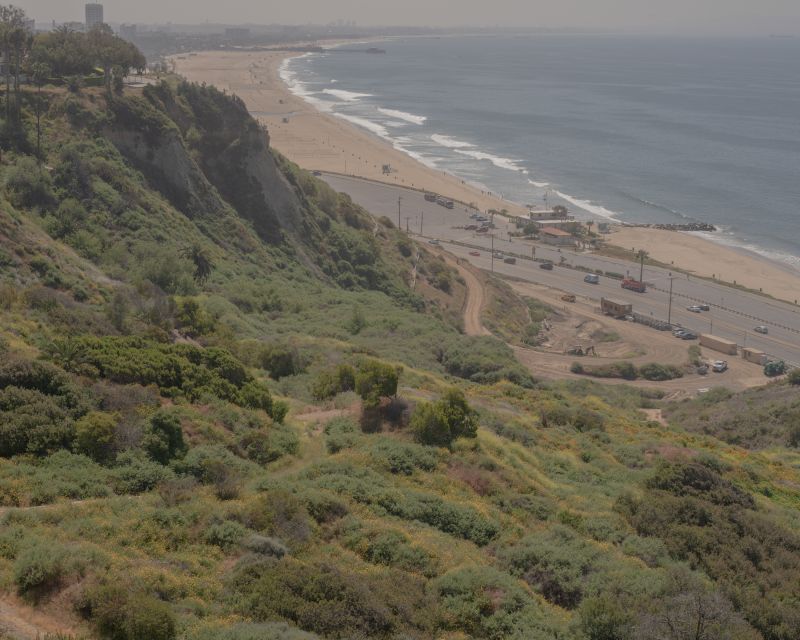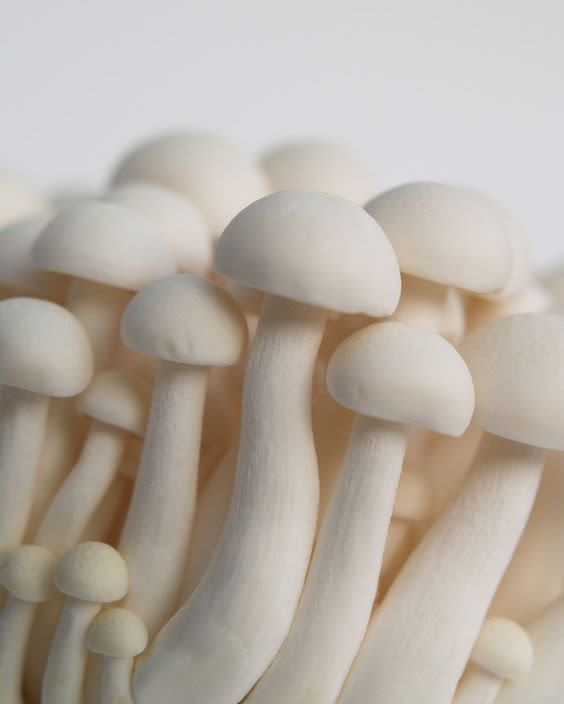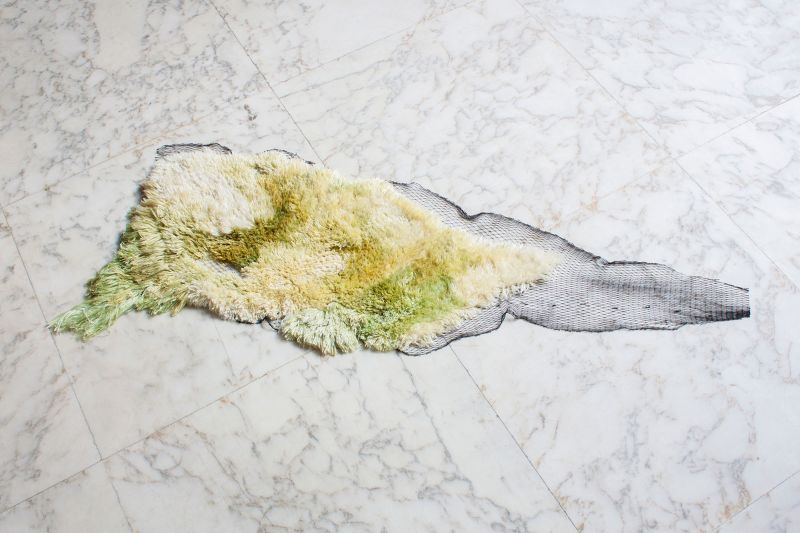
Nienke Hoogvliet Dreams Up Materials For The Future
The old adage “one man’s trash is another man’s treasure” rings especially true for the Netherlands-based designer Nienke Hoogvliet, whose work re-thinks what we consider to be waste.
Date Posted
June 11, 2019
Photos by Femke Poort
Hoogvliet is concerned with the possibilities of sustainable materials, constructing objects out of intentionally developed seaweed yarn, or leather made from discarded fish scales. The driving force behind each of her endeavors is a sort of proof-of-concept. These are techniques and materials that could prove vital in the face of environmental changes that continue to reshape the planet.
We caught up with the designer to learn more about how she envisions the potential of often overlooked materials.
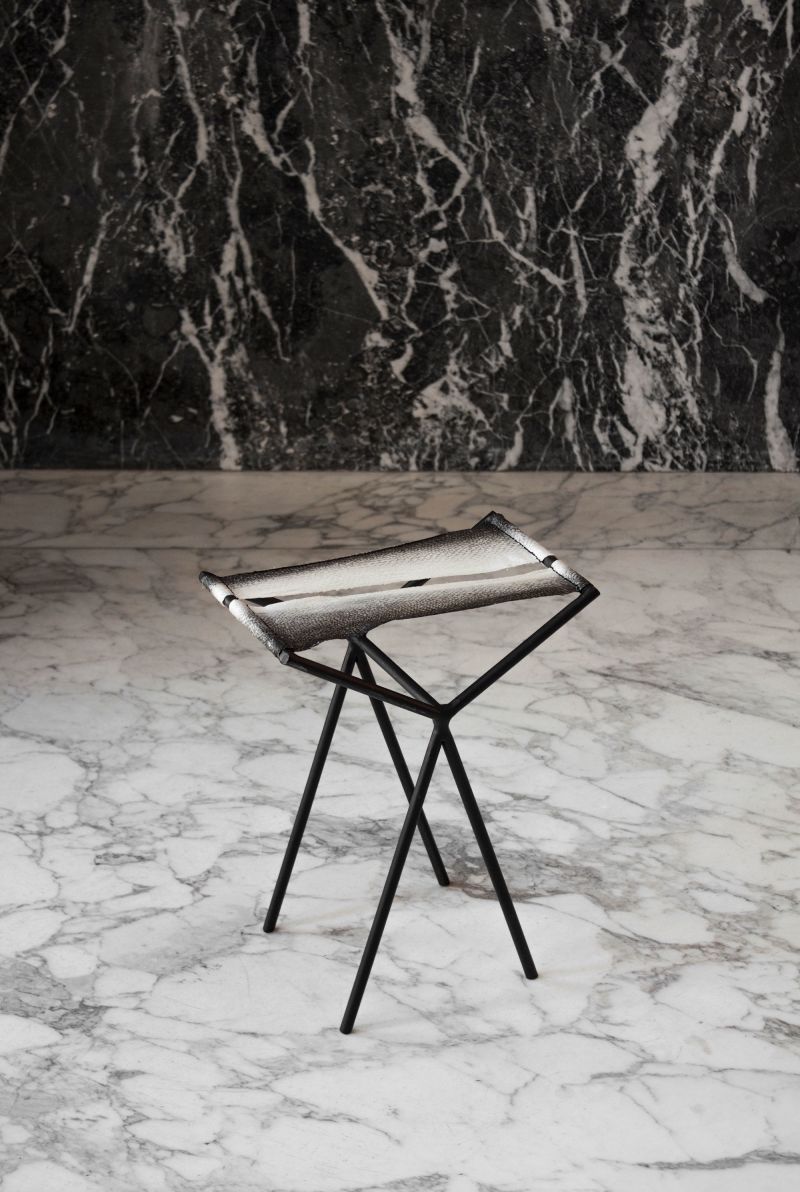
To show the abilities of the leather, Hoogvliet designed a small stool with fish leather seating.
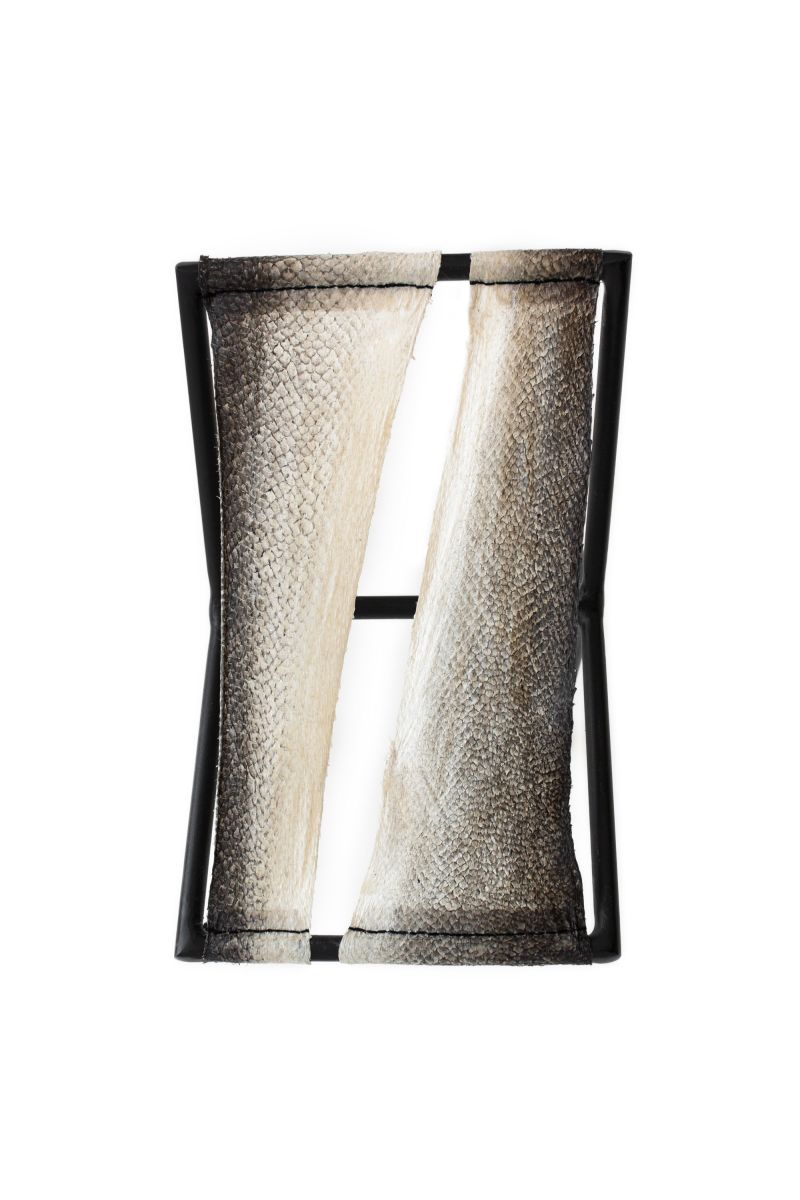
Hoogvliet went to fish shops to collect their waste and discovered a way of tanning the skins without any chemicals.
soft—space
How did you get inspired to work with sustainable materials?
hoogvliet
I grew up near the Dutch coast, that’s where my love for the sea and materials from the sea is born. After I graduated in 2013 from the department Lifestyle & Design at the Willem de Kooning Academy in Rotterdam, I started my own design studio immediately. Since then, I’ve been working on projects that represent my own idealism, that are themed around sustainable new materials like yarn made of seaweed, leather from fish skin or materials from sewage wastewater.
soft—space
How does considering sustainability influence the way you think about design?
hoogvliet
The magazine Trendlandonce called me an “Artivist,” meaning I use art to be an activist for some topics. I think this is a beautiful description of my goal as a designer. I make design decisions based on my concept, not necessarily on the aesthetic quality. I use what fits my story, my aim with the project. This means accepting materials, colors, textures or processes that I am surprised with as well or maybe don’t fit my original design idea. The story is more important to me than the end result.
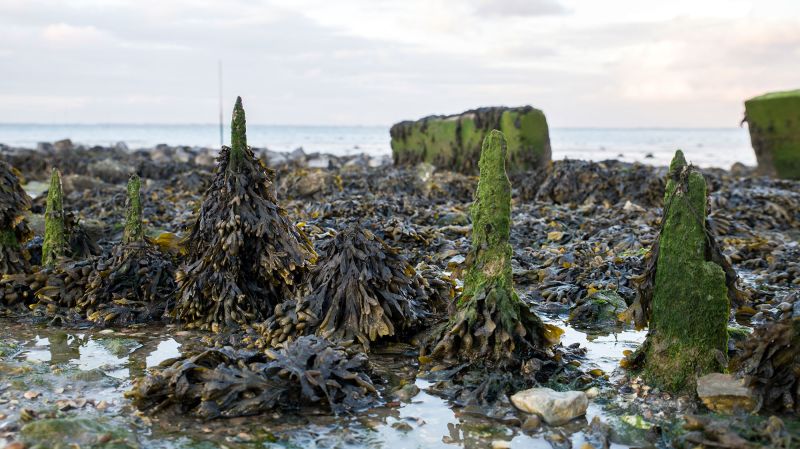
Seaweed from Ireland, where 100.000 kg of seaweed floats a shore every year. Hoogvliet’s research suggests this seaweed could be used for yarn and dye.
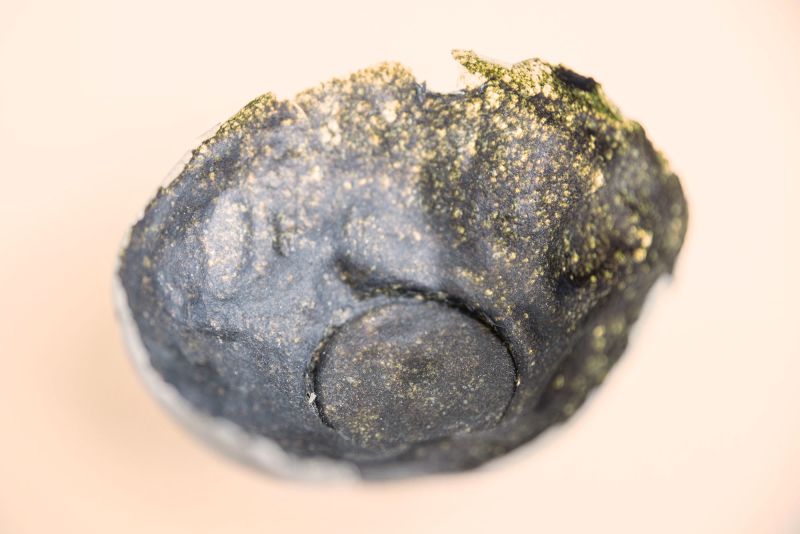
Hoogvliet’s research involves developing plastics out of seaweed.
soft—space
What did you learn from working with seaweed?
hoogvliet
I learned so much about it! About all its potential, how it can be grown, how it can be used as a material, and a textile dye. But also how you can eat it, and all the health benefits associated with it. The more I learn about seaweed, the more I love it.
soft—space
What steps would the textile industry need to take to adopt material like seaweed?
hoogvliet
I think there’s a lot of finger-pointing going on. The industry says that consumers aren’t ready or willing to pay more for sustainable textiles, and at the same time the consumers say that the industry isn’t working hard enough. Both should try their best. As a consumer, you should make well-thought-out decisions, and the industry shouldn’t be afraid to invest in new and more sustainable processes.
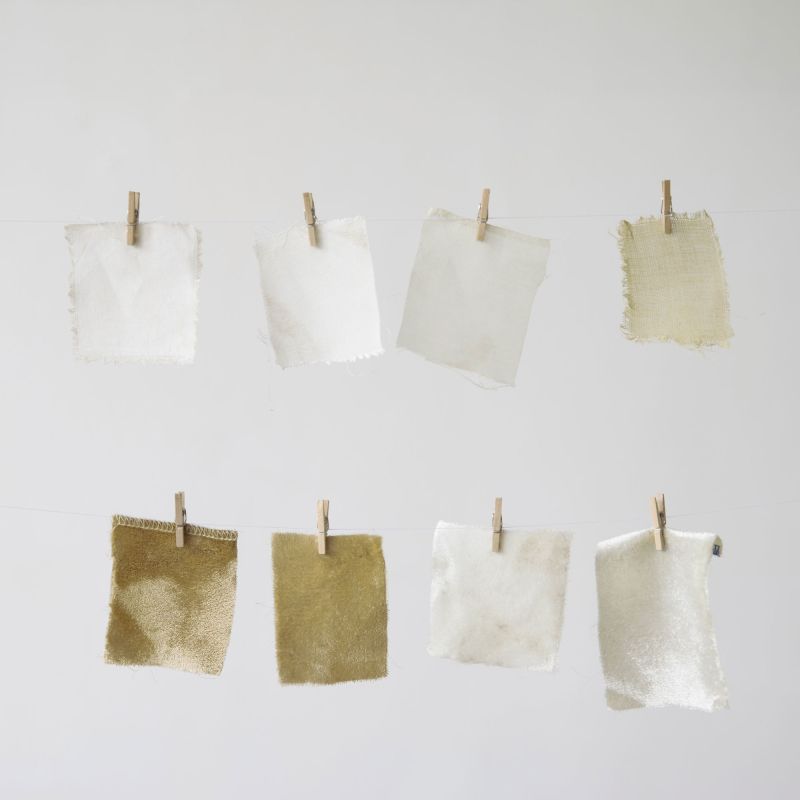
Hoogvliet researches how to use seaweed as a sustainable textile dye and how to create a sustainable seaweed yarn.
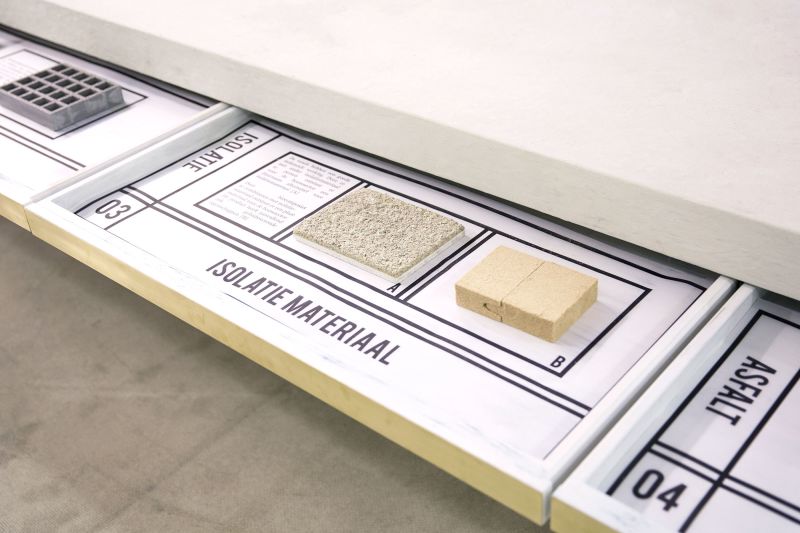
Hoogvliet’s studio made a collection of objects: a table, lights, and decorative bowls, to show how toilet paper recovered from waste water can be integrated into the home.
soft—space
Can you explain how you turn fish skin into leather?
hoogvliet
I use a traditional Scandinavian technique that uses only oil and egg to turn the fish skin into leather. The skins need to dry and you massage them a lot, to get the oil mixture into the skin. After a week or so, you have leather. It’s more a craft than an actual production method, but I am working on upscaling a sustainable tanning technique with partners. The exact method can be learned in my book Fish Leather.
soft—space
Projects like the urn you developed out of bioplastics seem to consider challenges of grand scale. How do you approach design questions of that magnitude?
hoogvliet
I do a lot of research. In this case, why are human bodies, and our ashes, causing soil and groundwater pollution? How can this be prevented? But also, how does the material PHA behave? Is it possible to mix the ashes and the bioplastic? It took a lot of experimenting and researching before I was confident the concept could work. I started with the concept development, so the form of the urn had to follow the function. That’s why I designed three different shapes, they are designed for three different types of soil. This way they will degrade at a different pace, adjusted to the needs of the soil.
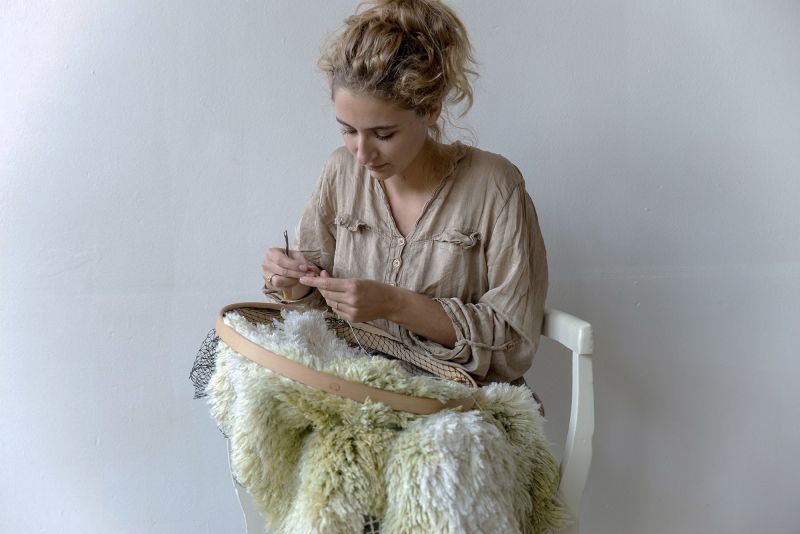
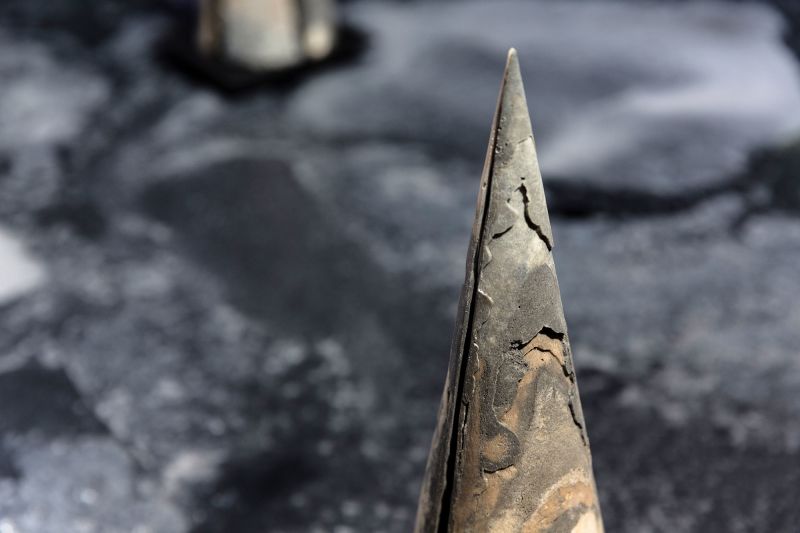
In the project MOURN, Hoogvliet redefines the an urn as a storage device for cremation ashes. By mixing PHA with cremation ashes, an object is formed that can regulate the release of nutrients back into the soil.
soft—space
What does your research suggest for sustainability at scale?
hoogvliet
With all of my research, I try to show that it is possible to find new resources for materials and dyes etc. We should look with open eyes to waste as a resource, be critical of current processes and aware of the possibilities that are already in front of us. We should open our minds and eyes!
